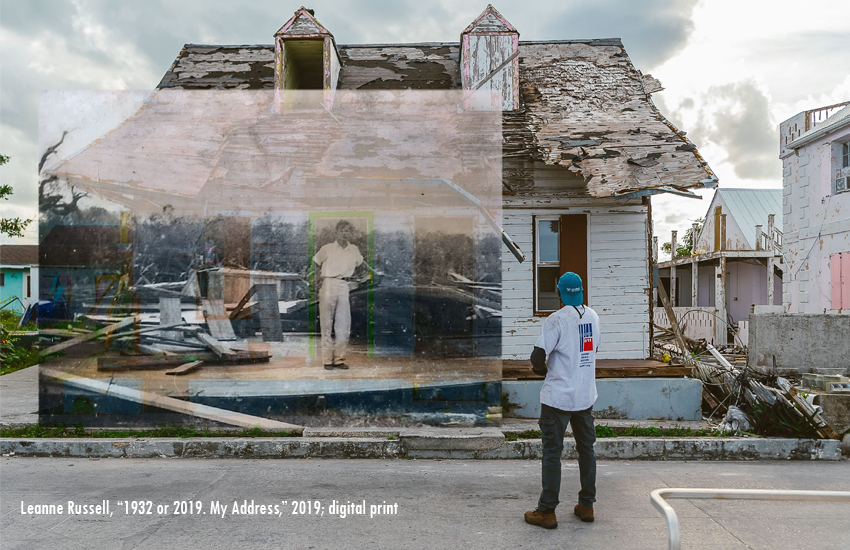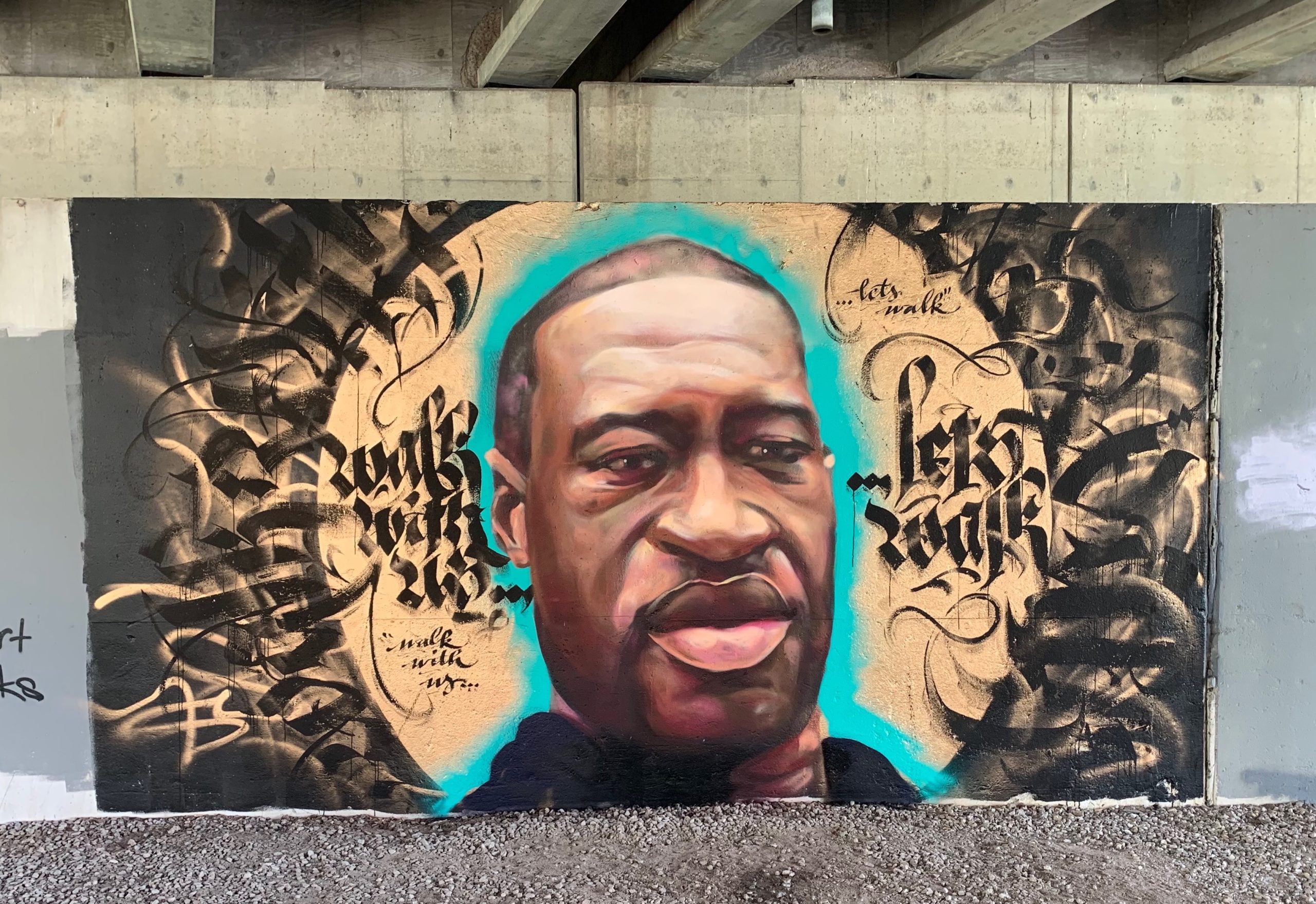Museum professionals from across the Caribbean will virtually connect in early November to reflect on cultivating resiliency and what it means during a global health crisis. The Museums Association of the Caribbean (MAC) is devoting its annual conference and general meeting on November 3 to 5 to the theme “Cultivating Resilience in Museums and Cultural Heritage Sites.” In more than 15 concurrent sessions, museum professionals, including curators, educators, scholars, and researchers, are uniting to discuss themes related to historical sites, indigenous peoples, and social justice.
The “MAC” conference is essential to the Caribbean region because it unites museum “and other cultural heritage” professionals who would otherwise be disconnected. Over 15 countries are represented in the programming, including St. Maarten, Bermuda, Bahamas, Panama, Haiti, St. Lucia, Dominica, Guadeloupe, Jamaica, the Cayman Islands, United States, and the Netherlands. MAC is the only museum service organization that caters to the entire Caribbean, says Board President Joanne Hyppolite. “It is really important for our region because we come from smaller nations that don’t have museum training programs like the bigger countries (Western countries),” Hyppolite says. Hyppolite is of Haitian heritage and is the African Diaspora curator at the Smithsonian National Museum of African American History and Culture in Washington DC.
“Until now, the stories of our diversity in the Caribbean, at least for the French islands, are displayed in different spaces, and it’s like we’re living different histories. We have to talk about all the different histories in the same space,” says Katarina Jacobson, an archeologist and ceramics specialist who oversees the collections department at Guadeloupe’s Édgar Clerc Museum. At the MAC conference, all Caribbean identities are represented. Her presentation, “Challenges Around Preserving and Interpreting a Former Slavery Site: The Fidelin Sugar Pottery Manufactory” discusses the purchase of a historical building by a Black/Creole owner. Jacobson uses this as an example of the reappropriation of a heritage space. “Buying this place is a first step, and we want to use it to talk about the history of slavery,” Jacobson explains.
A group of panelists from Jamaica will present their research on three designated heritage sites in the community of Woodside, St. Mary. Independent scholar, Dr. Erna Brodber, the Jamaica Hummingbird Tribe representatives Yukayeke Yamaye Guani (Robert A. Pairman), and Kasike Kalaan Nibonrix Kaiman, and marketing strategist, Klao Bell-Lewis will share “The Ancestral Gardens (Woodside, St. Mary): Sacred Tourism — A Mighty Long Way To Go.” It highlights the Taino Steps, a former plantation, St. Gabriel’s Anglican Church which used to be a great house, and Daddy Rock, a former meeting ground for enslaved people. These cultural sites bring together the Amerindian, African and European ancestry of the Woodside community. In the presentation, the scholars will discuss ways to manage the use and visitation of sacred spaces while promoting access and ownership by community members.
Alexa Wynter, a professor at the School of Visual Arts, describes the narratives of Indigenous Caribbean heritage as “scarce,” especially for students who are from the Island Arawak diaspora living in U.S. cities like New York. Her presentation “A Healthier Future for Taino Children Through New Arts-Led Indigenous Museum Education” covers the lack of indigenous representations in museums and some of the possible solutions. It reinforces the need for museums to work in harmony and partnership with communities through programming. Resiliency can be built and shown when museums articulate the stories of indigenous communities as it relates to the past, present, and future, says Wynter.
Verónica Forte, Vice President of the Society of Friends of the West Indian Museum of Panama (SAMAAP), and her fellow panelists address the challenges and lessons learned through the lens of the pandemic. They will be presenting “Inclusion, Social Justice and Technology: Lessons Learned About Resilience During the Pandemic in Panama.” The panel will focus on tackling social justice issues and how museum staff are crafting innovative ways to be more inclusive. It will also incorporate the new digital strategies currently being offered to museum visitors. The conversation will center on the different approaches to being resilient from the perspectives of two private museums and a civil society organization. “Resilience begins with us, and it can spread with enthusiasm,” says Forte.
Panel sessions allow attendees to gain in-depth knowledge on a variety of subjects; however, the conference also offers opportunities to connect socially. Board President Joanne Hyppolite also highlights plenaries featuring chefs from various islands, the popular speed networking event, guided meditations, “mix and sip” social mixers led by Caribbean mixologists, and a virtual museum tour of cultural heritage spaces in The Bahamas as additional. Natalie Urquhart, Director of the National Gallery of the Cayman Islands, says: “Our museum has been prioritizing art and wellness programs to help offset the impact of COVID-19 on our community. Given the alignment of MAC’s 2021 conference theme, we are delighted to support the annual gathering by providing wellness sessions during the four-day event.” The conference will close with a live musical performance by Barabbas and The Tribe, a Junkanoo band.
At a time of separation, “MAC is a breeding ground for ideas, but it is also a fertile ground to plant ideas,” says Sherene James-Williamson, geologist, curator, and senior lecturer at The University of the West Indies, Mona. James-Williamson, whose presentation is on geodiversity and the role of heritage, is looking forward to brainstorming and continuing to build a future with colleagues who share similar experiences.
“Once MAC people meet up, we’ve gone beyond a melting pot,” she says. “We are a big boiling pot of soup, and out of it, I can say many are fed.”









